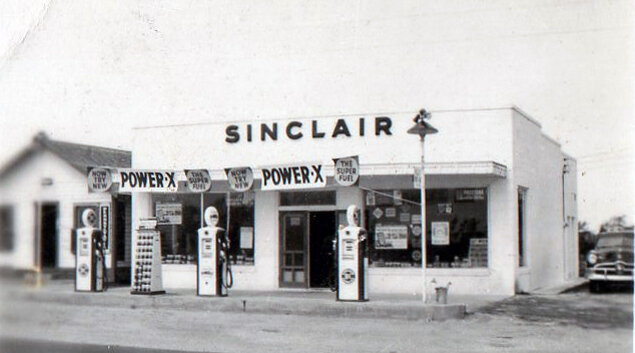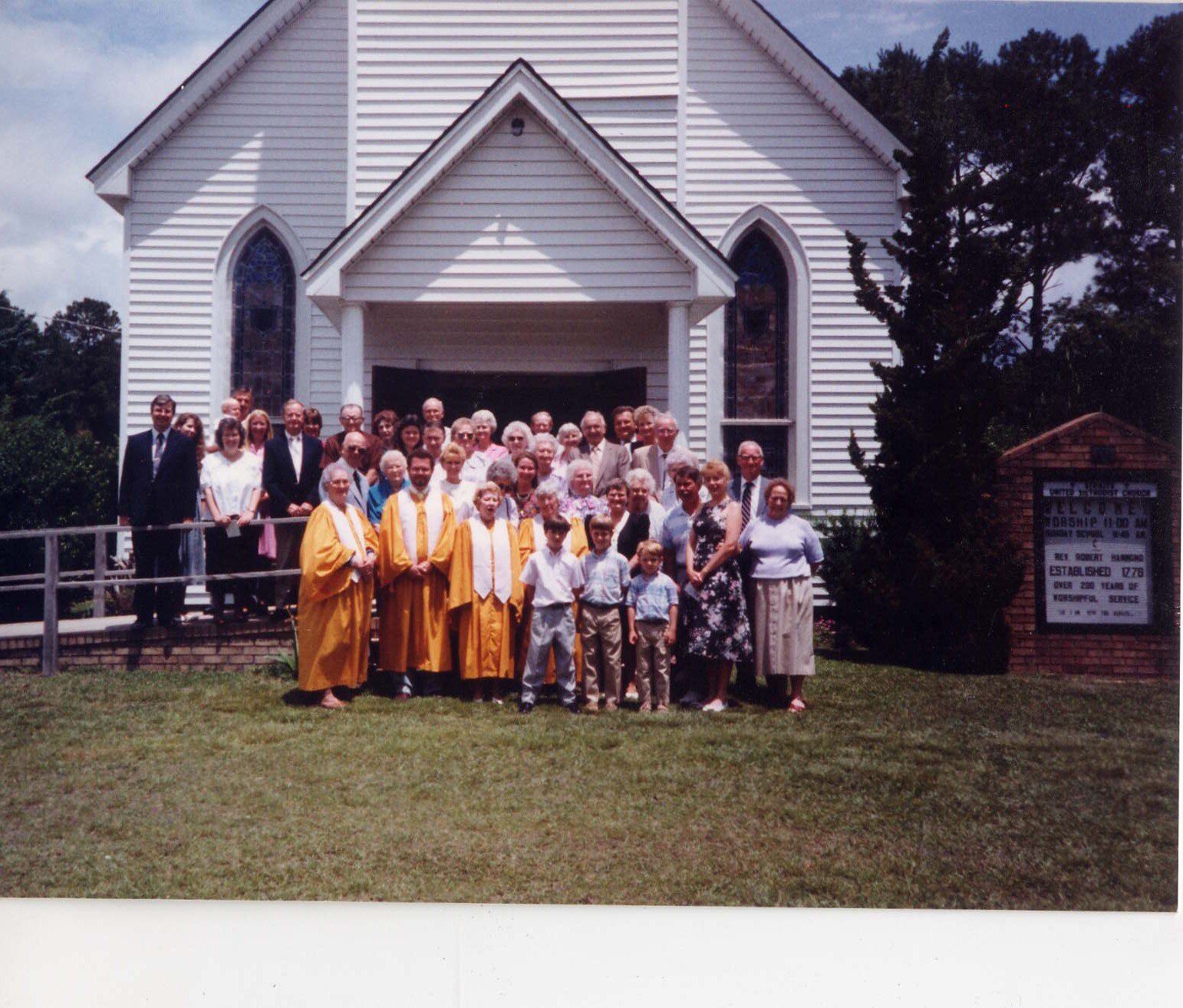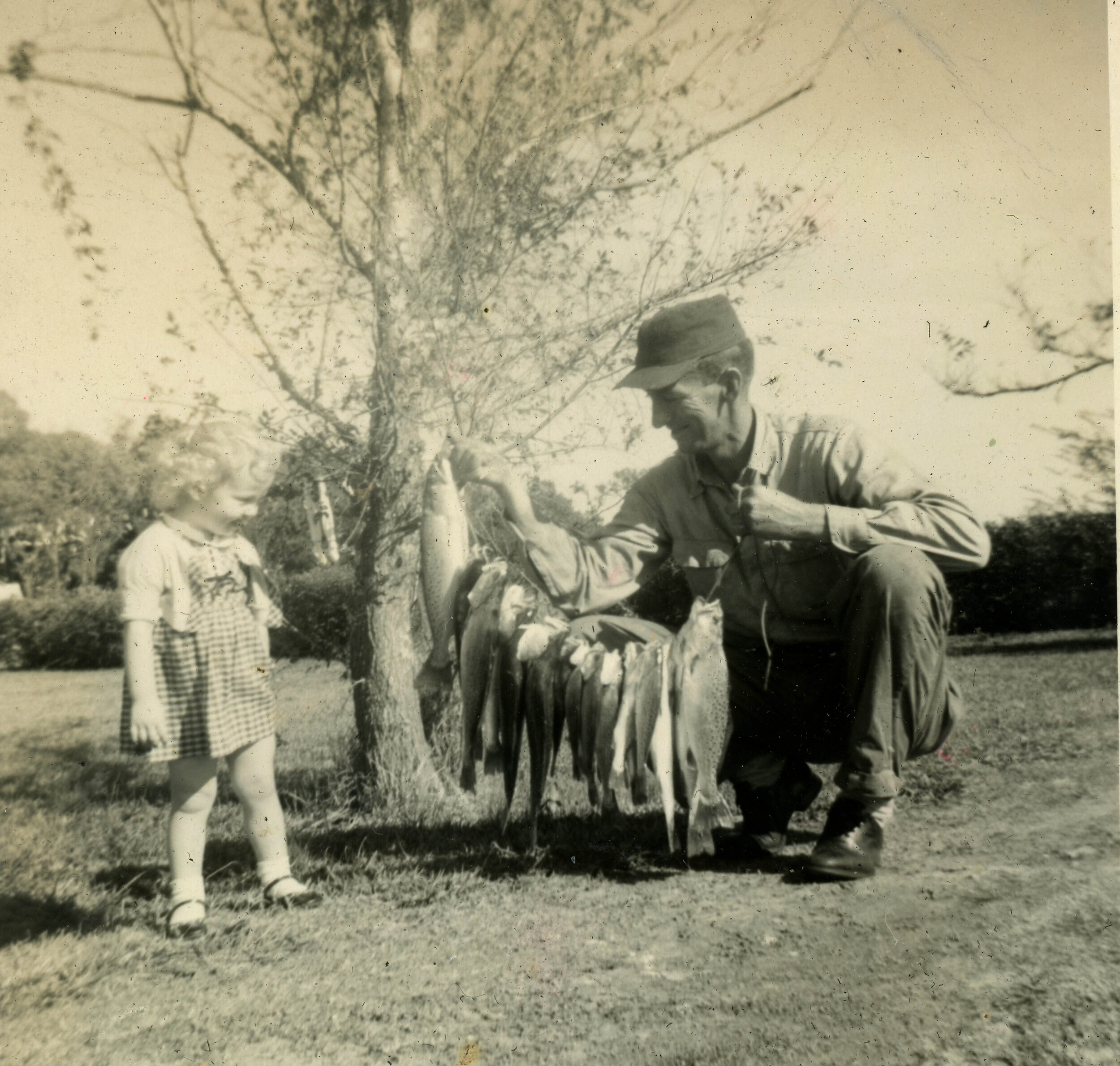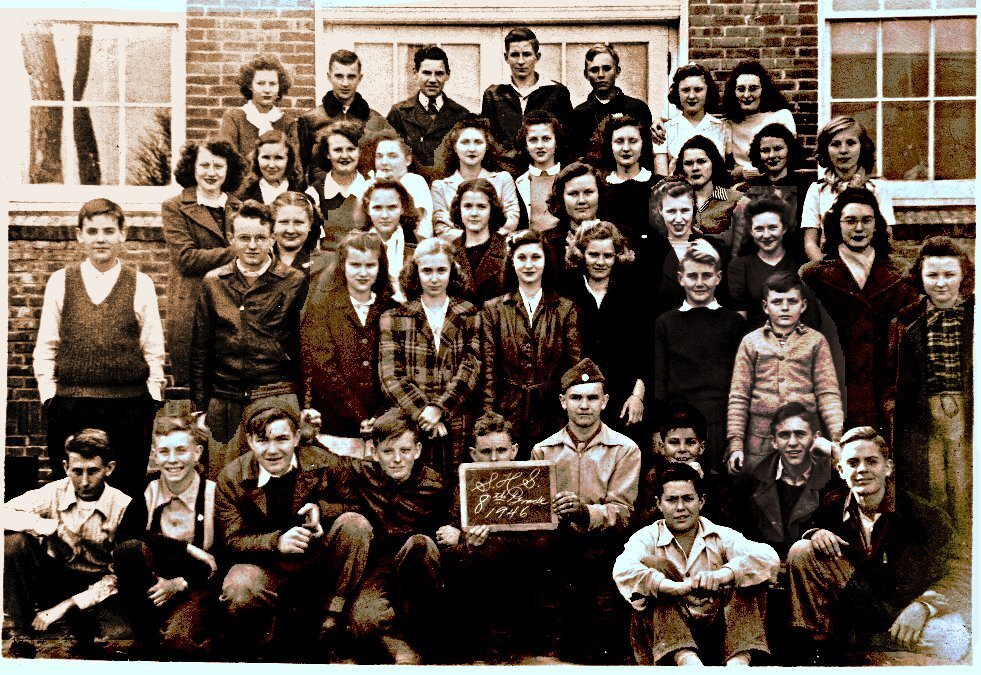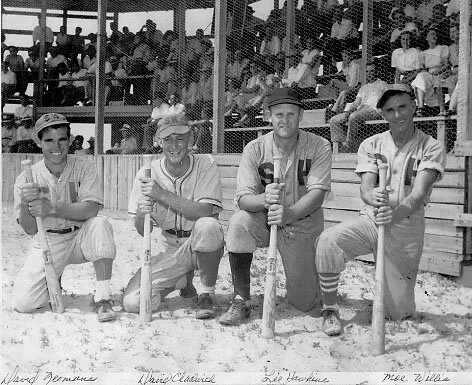Introduction
The first piece of equipment I ever drove was an Allis-Chalmers tractor.
Dennis Chadwick, Straits
Straits is named for the body of water it borders between Harkers Island and the Gloucester-Straits communities. It was once the primary waterway from Beaufort Inlet to Pamlico Sound before the Intracoastal Waterway was dug in the 1930s. Sailing ships, menhaden vessels, mailboats, freight boats and fishing boats plied the waters of the Straits regularly. Today, small trawlers and channel net skiffs are frequently seen fishing there. Visitors can find a popular public access point for recreational fishermen and kayakers in the community of Straits on the north side of Harkers Island Bridge.
Straits is a residential community made up of quiet, tucked-away neighborhoods, but travelers can experience the heartbeat of the community by stopping at the brightly-painted Chadwick Brothers Bait and Tackle store at 1604 Harkers Island Road. The store is owned and operated by Lillie Chadwick Miller, whose ancestors helped settle the community in the early 1700s. Miller’s grandfather Ira Chadwick started the store in 1941 with his brother. The Chadwick’s wisely built the store to coincide with the construction of the bridge to Harkers Island. For generations they have served motorists, visitors, and locals alike. Today the store follows in the family tradition of providing a front porch swing and chairs, host to locals and inviting visitors to stop and chat with the family.
Settled around 1700, Straits is one of the oldest communities in the region. Samuel Chadwick was a Yankee whaler who sailed to the Core Sound area from Falmouth, Massachusetts and bought 130 acres in 1725 along Whitehurst Creek. As a shore-based whaler (as opposed to the Nantucket whalers who lived shipboard for years at a time), Chadwick spent the spring months camped out at Cape Lookout hunting Right whales with several other crews. After the whaling season he'd return to his home in Straits, where he and his wife Mary attended the Straits Church.
The Straits church began with a Colonial-Era Anglican congregation in 1750, but became Methodist after the American Revolution. According to a church history titled “Lest We Forget,” 1778 marked the official establishment of the Straits Methodist Church congregation. In 1809, the Straits Tabernacle Church, as it was then known, constructed a new building with local pine and plaster made from “burnt oyster shells.” Church lore recalls a Reverend Starr who prayed that if a ship were to wreck, “send her to these shores” and let “her cargo be food,” as his flock was near-starving during the War of 1812. Within a week, the story goes, a ship “laden with flour was cast on the beach on Core Banks.”
In 1860, the Straits Church was the only Methodist Church established Down East. “People came in boatloads from Harkers Island and Shackleford Banks” to worship together. A Shackleford Banks congregation under the Straits Church charge met in a schoolhouse on the banks, and it was the “responsibility of the Banks people to come to Straits on Saturday afternoon and get the preacher when it was his appointed time to preach at the Banks.” Near the turn of the century, Straits preachers began to hold camp or a protracted meeting in the summer on Shackleford Banks that would last several days. The present-day church, Straits United Methodist, was built in 1891, and the picturesque place of worship can be found at 311 Straits Road, Gloucester.
From “Living at the Water’s Edge: A Heritage Guide to the Outer Banks Byway”

